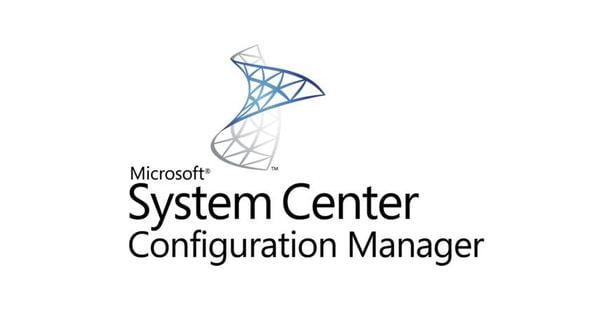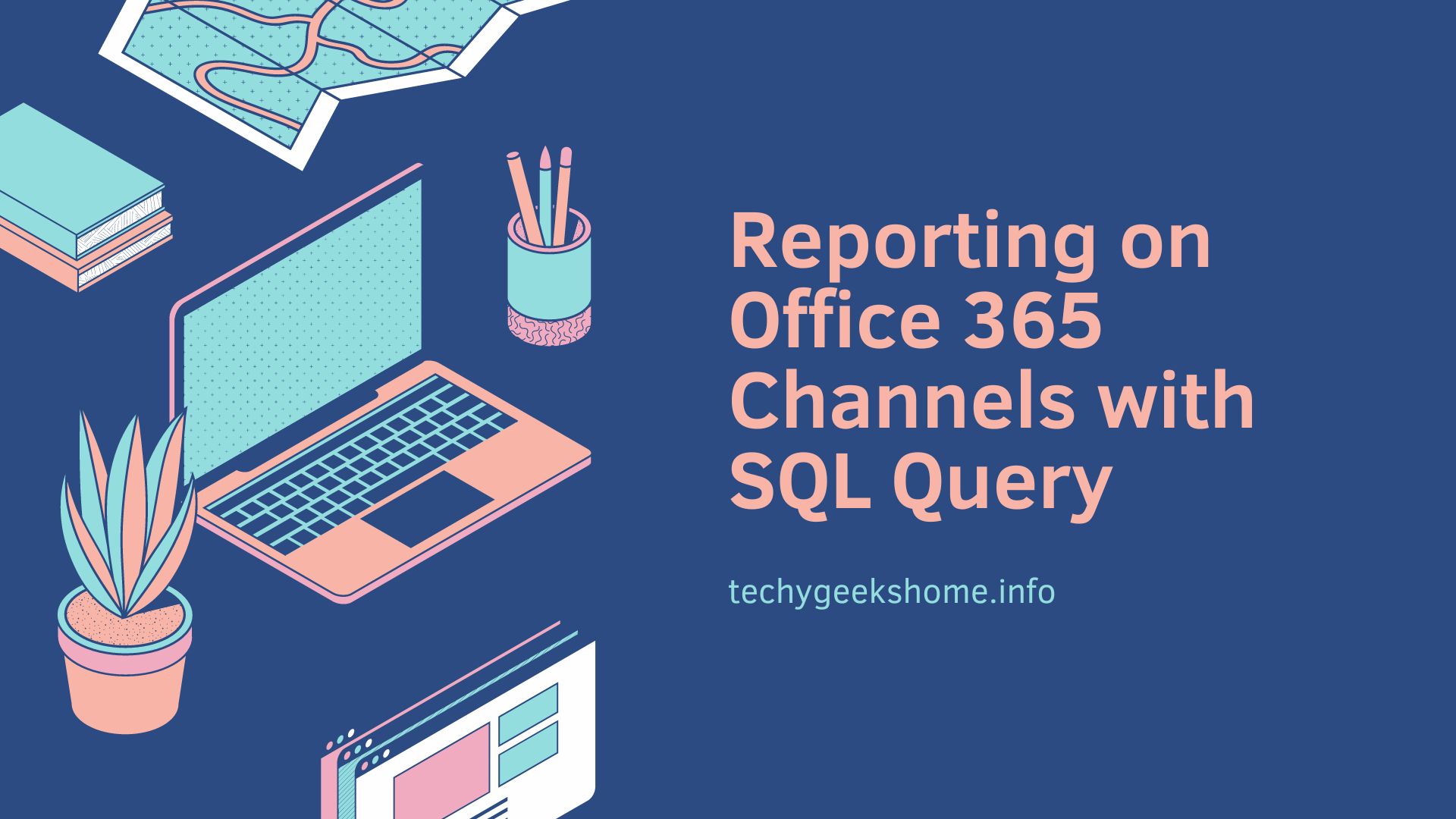Last updated on April 1st, 2023 at 07:50 pm
Microsoft have released Cumulative Update 3 for System Center 2012 R2 Configuration Manager.
The hot fix download is available using the link below:
Configuration Manager 2012 R2 CU3
The full details of the update are below:
Issues that are fixed
Software distribution and application management
Content distribution from a Central Administration Site (CAS) to remote distribution points can take longer than expected. This can occur when multiple applications are updated across all distribution points.
An application that is deployed to a collection is not removed from the software center if the computer is removed from that collection.
The Export Application Wizard finished with errors when the source contains nested sub-folders, and the content is updated. Errors that resemble the following are displayed in the Export Application Wizard:
Error: The target file “C:ExportA_filesContent_XXXXXXXXXXXXF2” is a directory, not a file.
Changes to the CIEnforceState value for an application are not saved on the client when an immediate restart is initiated outside Configuration Manager. This scenario affects applications and application dependency chains in which the application has the following option enabled:
Only when no user is logged on / CM client will force a mandatory device restart
Wake on LAN
Wake on LAN requests from a site server to a client may time out in large environments of 30,000 or more clients.
Migration
The data collecting process may time out when Configuration Manager is migrated from Configuration Manager 2007 to System Center 2012 R2 Configuration Manager. This issue can occur in sites in which multiple source sites are used, and many (100,000 or more) records exist only in the database at the destination site.
Company portal
Clients may not configure settings for the company portal for sites in which multiple Application Catalogs are installed. Entries that resemble the following are logged in the UpdateTrustedSites.log file:
Updating metro app setting with package family ‘Microsoft.CorporateAppCenter_8wekyb3d8bbwe’, URL ‘https://siteserver:80/CMApplicationCatalog’…E_FAIL, HRESULT=80004005Failed to set settings into container ‘PolicySettingsCCMSettings’ of package ‘Microsoft.CorporateAppCenter_8wekyb3d8bbwe’.
Administrator Console
The Administrator Console can quit unexpectedly when modifying the following task sequences:
Join a domain or workgroup
Apply Network Settings
Mobile devices
Policy assignment is not updated a Windows Embedded Handheld device is moved from one collection to another. For example, when a device is moved from a collection for installing an application to an uninstall collection, a rules conflict status occurs. Entries that resemble the following are recorded in the SMS_DM.log file:
Uninstall AppPolicy is in conflict with other Install AppPolicy. Bailing out without Processing
A race condition may cause renewing the Windows Intune Connector certificate to fail. Entries that resemble the following are recorded in the DMPDownload.log:
Renewing connector certificate… Failed to call SaveAccountInfo. error = Unknown error SMS_DMP_DOWNLOADER is exiting…
The Simple Certificate Enrollment Protocol policy may not be delivered to a device that is enrolled in Windows Intune and then later renamed by the user.
State messages are marked incorrectly as corrupted from Simple Certificate Enrollment Protocol Configuration Items that are targeted to devices and that contain a user entry of SYSTEM.
Simple Certificate Enrollment Protocol certificate requests can fail for workgroup clients that Configuration Manager manages. Entries that resemble the following are recorded in the CRP.log file:
DB returned NULL. Parameters in CSR and DB do not match
Exception: System.ArgumentException: DB returned NULL.Parameters in CSR and DB do not match
Operating system deployment
When an unknown x64 UEFI computer is started by using PXE in a Configuration Manager 2012 R2 environment, the x86 Unknown Computer object is used incorrectly instead of the x64 Unknown Computer. This can potentially cause the computer to receive incorrect task sequences.
Client
The SMS Agent Host service may quit unexpectedly during the processing of task sequences.
Site servers and site systems
The SMS_Executive service may quit unexpectedly when removing a package from a large number (100+) of distribution points. Entries that resemble the following are logged in the distmgr.log file before process termination:
Wait failed while waiting for all DP threads to end. Thread Count = 94, Error = 87
Distribution Manager tried 100 times, it will exit now
Note These log entries do not always indicate a problem state that will lead to a process termination.
Changing the properties of a distribution point on a Windows Server 2012 R2 server can disable date and time logging in Internet Information Services (IIS).
Changing the properties of a distribution that was migrated from Configuration Manager 2007 to System Center 2012 R2 Configuration Manager can result in the upgrade process starting again.
Windows PowerShell
Windows PowerShell issues that are corrected in Cumulative Update 3 are described in the following article:
2999304 Description of Windows PowerShell changes in Cumulative Update 3 for System Center 2012 R2 Configuration Manager
Additional changes that are included in this update
Management point communications
This cumulative update introduces a new registry entry for clients. This entry will restrict which management point (MP) a client can communicate with. This can be useful in environments that have multiple MPs in different forests, and the clients can only communicate with a subset of them. Setting the registry value to only those MPs that can be reached by the client can improve overall efficiency. The new registry value is AllowedMPs, a REG_MULTI_SZ (multi-string) type that is under the following subkey:
HKEY_LOCAL_MACHINESoftwareMicrosoftCCM
Each entry is the Fully Qualified Domain Name of the management point(s) with which the client is able to communicate. This value does not affect the selection of any other site systems such as distribution points, software update points, and so on. The value only affects the primary site MP selection.
Note After this value is defined, there is no fallback or other method for clients to communicate with other MPs. This new entry is only intended for permanently located workstation and server clients and is not portable to devices such as mobile PCs or tablets.
Operating systems other than Windows
The following operating systems are added to the list of supported platforms for software distribution:
Debian 7 (x86)
Debian 7 (x64)
Red Hat Enterprise Linux 7 (x64)
CentOS 7 (x64)
Oracle 7 (x64)
Software updates
Child sites may perform partial WSUS synchronization when the primary is under heavy load. This partial synchronization occurs when the WSUS Synchronization Manager component on a primary site begins synchronization before WSUS has completed processing all updates metadata. To prevent this scenario, the following registry subkey can be configured to use a new value in seconds:
HKEY_LOCAL_MACHINESOFTWAREMicrosoftSMSComponentsSMS_WSUS_SYNC_MANAGERSyncGracePeriod
The default value is 120 seconds, and values between 5 seconds and 10 minutes (5 and 600) are accepted. This setting should not have to be changed in most environments.
Discover more from TechyGeeksHome
Subscribe to get the latest posts to your email.









![Create an SSRS Report using Configuration Manager Database Data [2023 Updated] 5 A graphic showing a computer screen displaying the text "SSRS Report using Configuration Manager database data" with a rocket launching from the screen against a teal background with tech icons.](https://techygeekshome.info/wp-content/uploads/2014/04/SSRS-Report-using-Configuration-Manager-Database-Data-660x440.png)